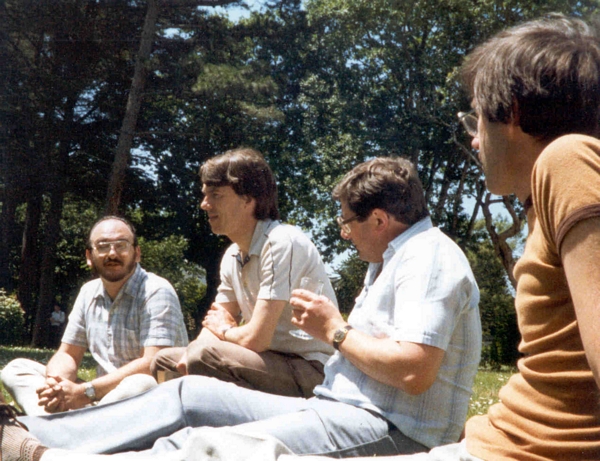

The new draft proposal for an international standard, the Graphical Kernel System (GKS) , had appeared in 1981 after a long international review. GKS was one of the initial software items in the SERC Common Base.
In April 1982, a proposal was put forward to SERC by ICL and RAL to develop a portable implementation of GKS as a callable graphics package with initial implementation on the PERQ. The original intention was for this to be a collaborative research grant. This suffered like all the other attempts to establish collaborative projects under the auspices of CCC. The Committee was not a grant giving body and eventually it was agreed to fund the RAL side in manpower as a separate project on the basis that the savings accruing to SERC from the developments would be worth the manpower invested. The total effort involved was 37 man months from RAL and 42 man months from ICL.
After long discussions with British Technology Group (BTG) , it was agreed that ICL would have the rights to the product on all its equipment, that SERC could mount it on any system it chose and that BTG would get royalties on any sales to third parties.
As it was run as a separate project, separately funded, it does not form part of the Common Base Project. Suffice to say that the project took place, a portable version of GKS was produced and available in the market place before any competition. Subsequently, the Computer Board has moved it to a number of systems and it is the standard GKS in the university environment.
GKS is a large system and by 1985, although running on a PERQ, was still in need of performance tuning before it would be fully effective. Even so, competitors to the PERQ still did not have a running GKS by the autumn of 1985.
BTG made almost no attempt to sell the product in the international market place despite the commanding lead it had. As a result, a great deal of money was lost to the public purse.
People involved in the project from RAL were Chris Osland, Julian Gallop, Dale Sutcliffe, Francis Yeung, David Greenaway, and Chris Webb. The first three had been heavily involved in the ISO/BSI standards activities and it was their technical input that made the project achieve the fast timescales.

ICL's main contributions were project management, coding effort and changes to the PERQ microcode which speeded up the basic graphical operations.
The ASR Board's STARLINK VAX node had used an earlier German implementation of GKS and computing resource was donated by the STARLINK project to provide an environment for initial testing of the system.
SIGMEX were interested in the project and, as a result, were the first company in the world to bring out a GKS workstation and this was able to work with the RAL implementation.